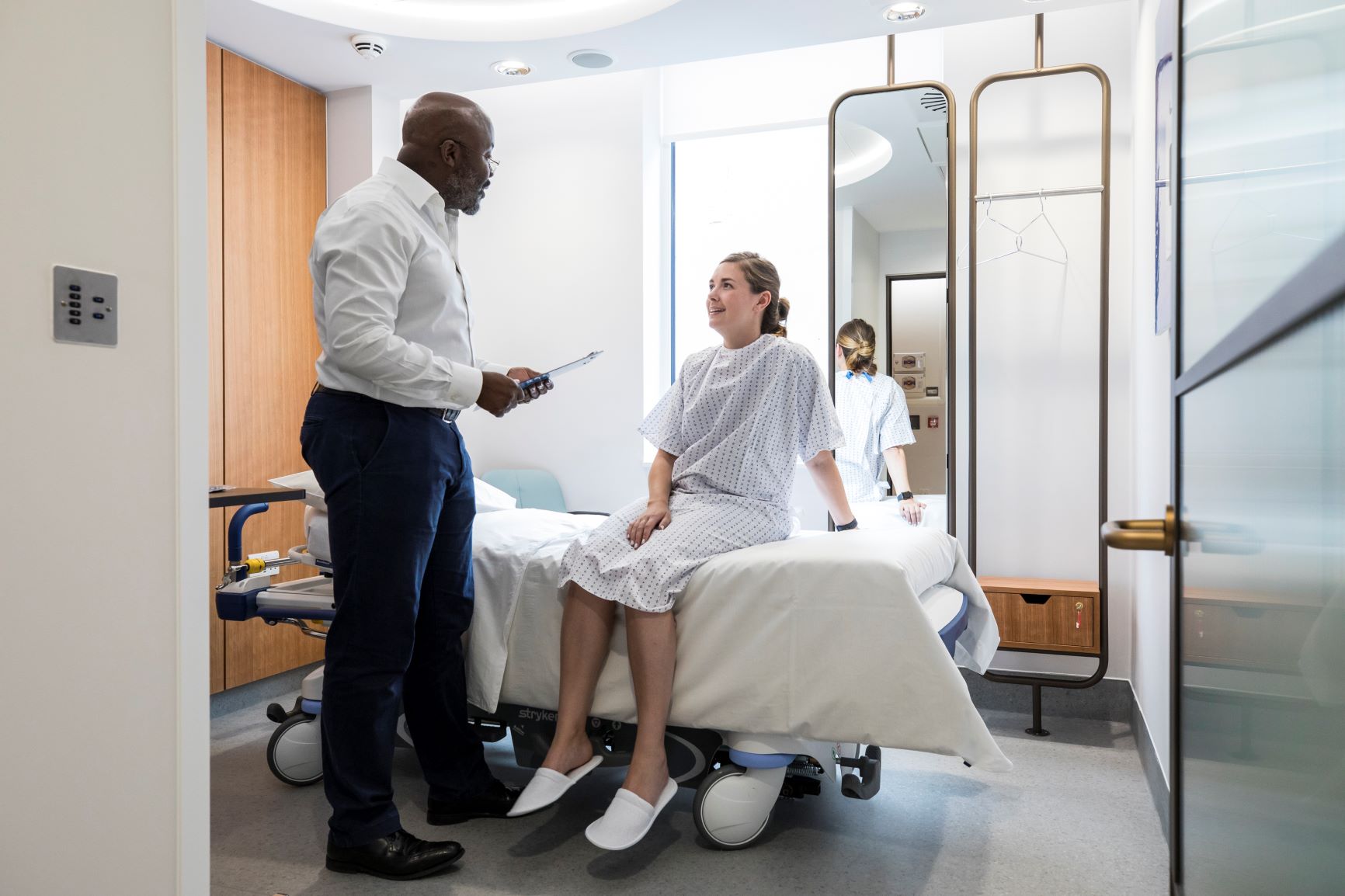Hypogonadism
Hypogonadism is when your sex hormones are low (testosterone in men and oestrogen in women) and could be due to a primary or secondary cause.

What is hypogonadism?
Hypogonadism is a condition where the sexual glands, called gonads (testes in men and the ovaries in women), produce little or no hormones (testosterone in men and oestrogen in women). You may be born with hypogonadism or it can develop later in life as a result of an injury or infection.
There are two types of the condition, primary hypogonadism and secondary hypogonadism:
Primary hypogonadism
Primary hypogonadism is where your gonads (testes in men or ovaries in women) do not work normally so do not produce enough testosterone or oestrogen.
Secondary hypogonadism
Secondary hypogonadism occurs when the pituitary gland in your brain doesn’t produce the hormones needed to stimulate the gonads to function as they should.
What are the symptoms of hypogonadism?
Many people with hypogonadism may not realise they have the condition, and it can often be misdiagnosed as the symptoms it causes can also be associated with other conditions.
Symptoms of hypogonadism in men include:
Reduced sex drive and/or erectile dysfunction
Loss of armpit or pubic hair
Shrinking testicles
Hot flashes
Low or zero sperm count
Low mood or depression, reduced concentration, poor memory
Increased body fat and breast tissue
Decrease in endurance, strength and muscle mass
Symptoms of hypogonadism in women include:
Tender breasts
Dry skin
Vagina dryness or atrophy
Weak or brittle bones (osteoporosis)
Weight gain, especially in the belly
Difficulty concentrating, fatigue and trouble sleeping
Mood changes and irritability
Hot flushes and night sweats
Irregular or no periods (amenorrhea)
Headaches before or during menstruation
Low or no libido and painful intercourse (dyspareunia)
What causes hypogonadism?
Primary hypogonadism happens when your testes or ovaries stop working normally. This can be caused by:
Injury to the glands
Medical treatments, such as chemotherapy or radiotherapy
Removal of the glands
Exposure to drugs and chemicals when in the womb
Genetic conditions including Klinefelter syndrome and Turner syndrome
Complications of infection including mumps
Secondary hypogonadism occurs when the pituitary gland does not function as it should, impacting the function of the gonads. This can be caused by:
Pituitary gland disorders, such as a pituitary tumour
Certain inflammatory diseases, such as sarcoidosis, histiocytosis and tuberculosis
HIV/AIDS
Medications including opiates
A genetic condition called Kallmann syndrome
Risk factors of hypogonadism include ageing, obesity, low body fat or eating disorders, and Type 2 Diabetes.
How is hypogonadism diagnosed?
If you suspect you have hypogonadism, our specialists are here to help. During an initial consultation, one of our consultants will take your medical history, conduct a physical exam, and order blood tests, and in some cases imaging scans. The results of these will allow them to accurately diagnose hypogonadism and also identify its cause so that the most appropriate and effective course of treatment can be recommended.
Treatment for hypogonadism
Low levels of sex hormones can cause a multitude of symptoms and can also affect bone strength and psychological wellbeing. Our specialists will perform a detailed individual assessment and advise on the optimal replacement of these hormones to restore full health.
For men with hypogonadism, hormone therapy may be given via testosterone injection, gels, patches, pellets (implanted under the skin), or buccal tablets (sticky pills applied to the gums).
For women with hypogonadism, hormone replacement may be given in the form of oestrogen which is combined with progesterone if the uterus is present via patches, pills, gels, creams, sprays, and injections.
